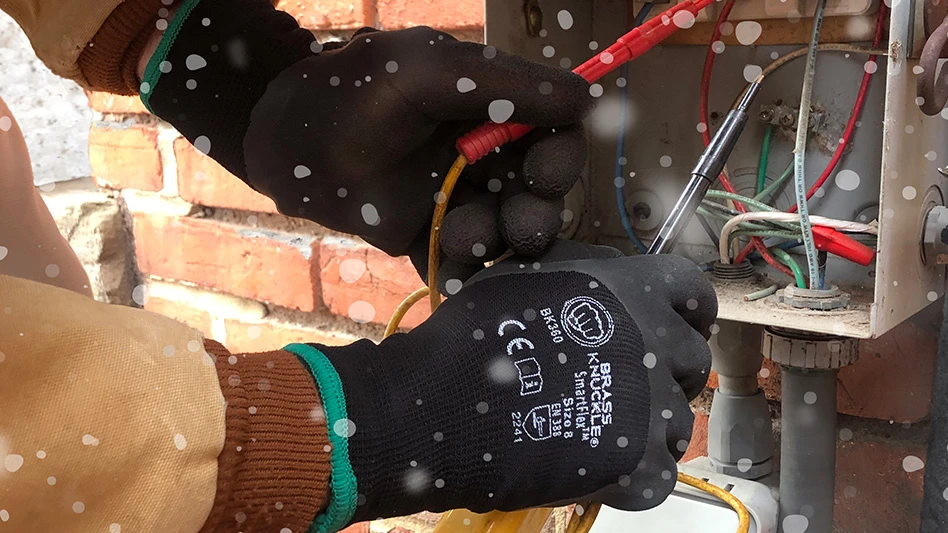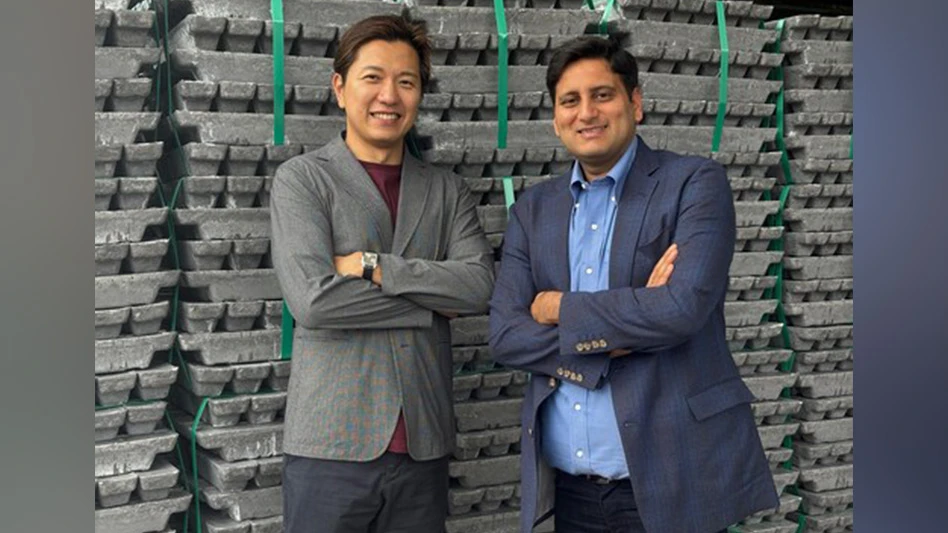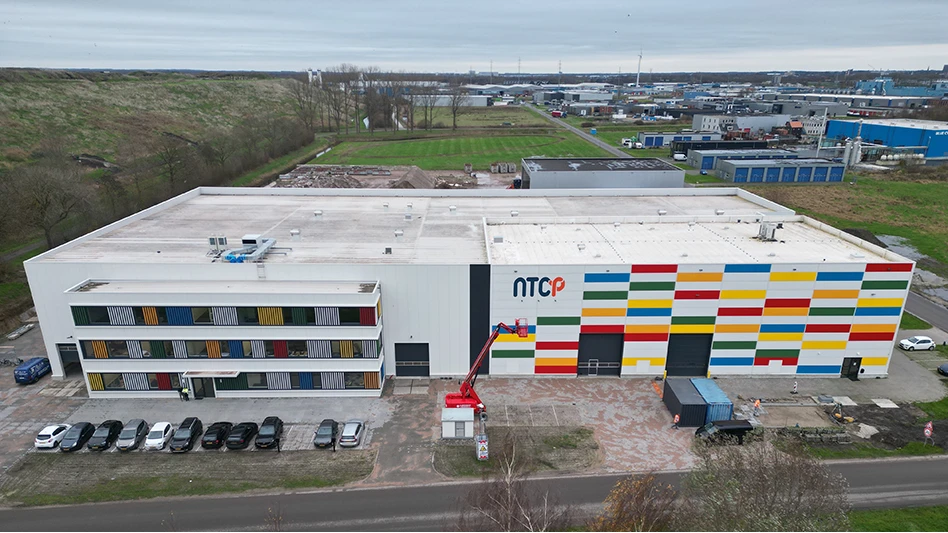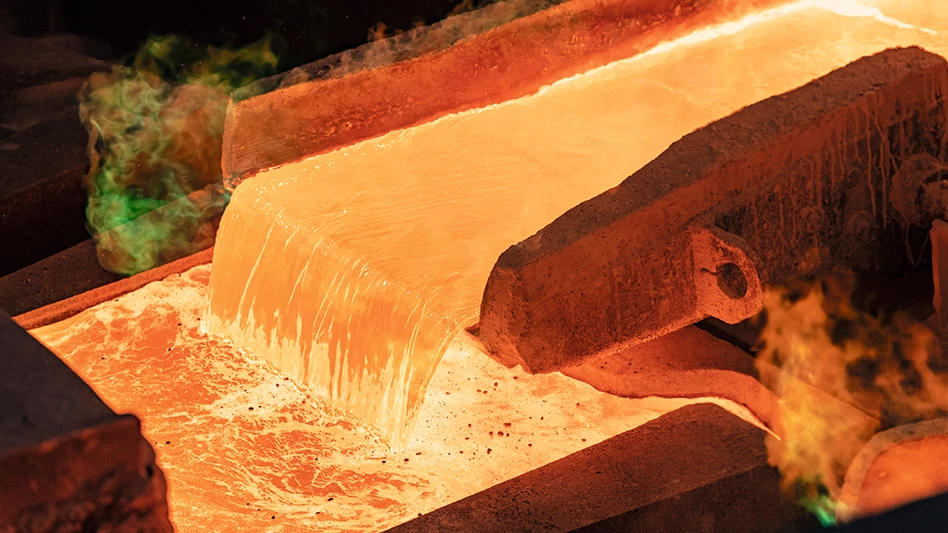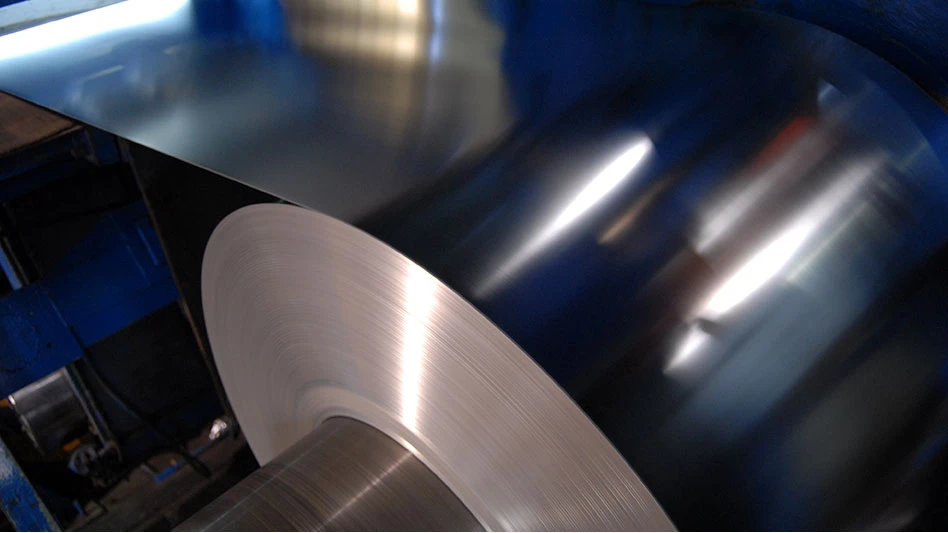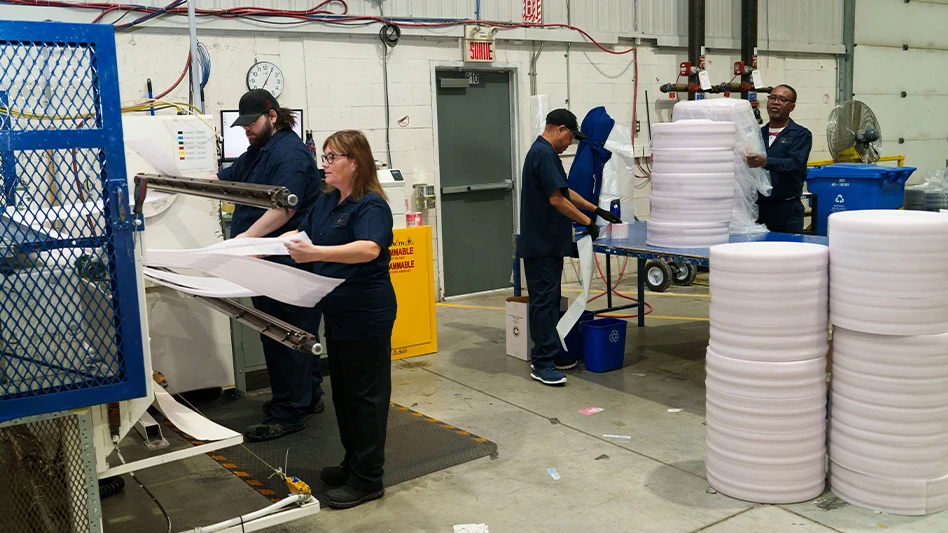Unworkably tight margins have been the norm for the secondary aluminum industry for most of this decade, and the closing months of 2002 did not bring any change.
A scrap buyer for one secondary smelting company notes that while a bump up in pricing on the LME and of prices paid for secondary products brought temporary relief, aluminum scrap prices soon rose at a stronger clip, thus bringing the margin back to a tight fit. "Now that the price of scrap has gone up, the margin is not there anymore. It’s the continuing story of the secondary mills," he remarks.
Consumers of copper scrap are seeing a similar pattern. With an oversupply of primary copper continuing to be available, the spread between the price of scrap copper and primary cathode is as narrow in some markets as it can logically be. "Two years ago the spread was 14 cents, now it is eight or nine cents," says one trader.
The trader notes that at a spread of just six or seven cents, it becomes increasingly less cost-effective to buy, sort and purify scrap charges versus paying the extra cost for primary cathode.
Despite narrowing spreads, overseas buyers are continuing to seek nonferrous scrap. "That’s pretty much all Chinese buyers talk about: Can we buy this kind of wire or that grade of aluminium," says one broker.

Explore the January 2003 Issue
Check out more from this issue and find your next story to read.
Latest from Recycling Today
- Nucor names new president
- DOE rare earths funding is open to recyclers
- Design for Recycling Resolution introduced
- PetStar PET recycling plant expands
- Iron Bull addresses scrap handling needs with custom hoppers
- REgroup, CP Group to build advanced MRF in Nova Scotia
- Oregon county expands options for hard-to-recycling items
- Flexible plastic packaging initiative launches in Canada
